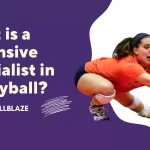The power position in volleyball is on the right side of the court in the front row. In this position, the team’s strongest hitter typically plays. Power positions allow teams to take advantage of their opponents’ weaknesses and score points.
Alternatively, the power position is called the attack position. This is due to the fact that the player in this position is responsible for attacking the ball and setting up the team’s offense.
For a power player to succeed, good vision and an ability to read the game are essential. Teamwork and communication are essential in volleyball.
Understanding Power Position
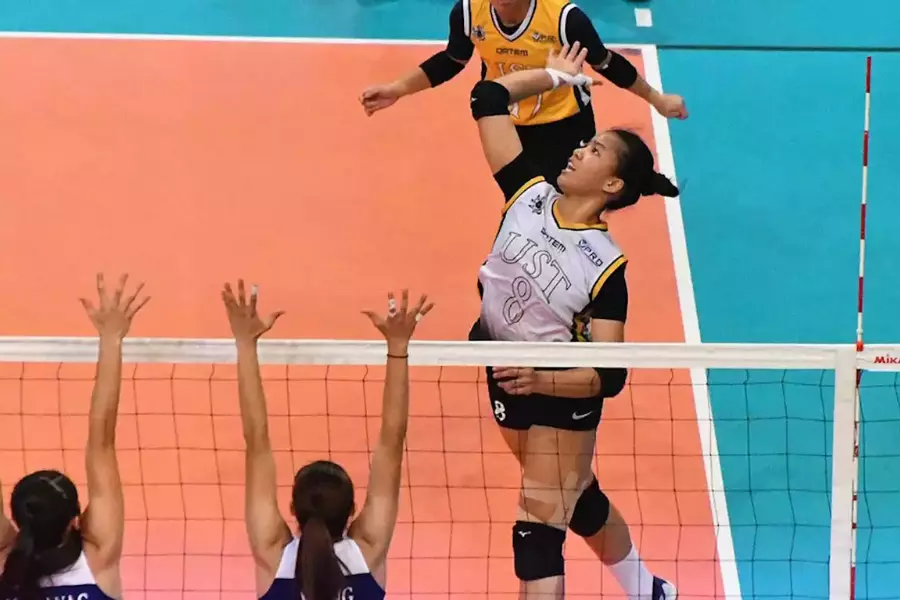
Power players are key on the court because they set up offense and make sure their team is in the best possible position to score points. It is a great position to start in if you are interested in playing volleyball. Taking on this position will allow you to develop your skills and improve your performance.
Volleyball has seven positions, and each position has its own role. In addition to hitting, outside hitters play left or middle defense, pass serve receive, and block. Opposing side hitters are those who hit behind the setter, which is why they are referred to as dominant side hitters.
During a match, a setter blocks opposing hitters, directs offensive plays, plays right-back defense, and sets the ball on the second contact.
Known for their ability to change direction and position quickly, liberos are specialist defensive and serve-receiving players. Those who specialize in serving are called Serving Specialists.
Body Mechanics in Power Position
Body mechanics are crucial to achieving the perfect power position. Players’ moves are effectively executed when their feet are positioned correctly, their arms are positioned optimally, and their core muscles are engaged.
There is a detailed breakdown of each element in this section, which explains the subtle differences on the court that make a difference.
What Is The Strongest Position In Volleyball?
A volleyball setter’s role plays an important role in the success of his team.
Which position in volleyball is the most difficult? Depending on a player’s skill level and physical dimensions, he or she will be forced to play one or two positions. Experts generally consider libero and setter to be the most difficult positions.
Even though I was once a middle, I believe that this position is underrated. While doing the footwork, reading the middle attack can be difficult, but it is usually removed from the back row.
It is difficult to adjust to the position despite receiving a three-ring mental break. It’s no secret that bench positions are difficult (but they aren’t the only ones).
Putting the ball down in caveman positions requires high pressure. The most mentally challenging position in my opinion is this one. Second place is considered in what way? I need to make sure that the settings are correct.
You may enjoy reading Hardest To Easiest Positions
What Are The Positions In Volleyball
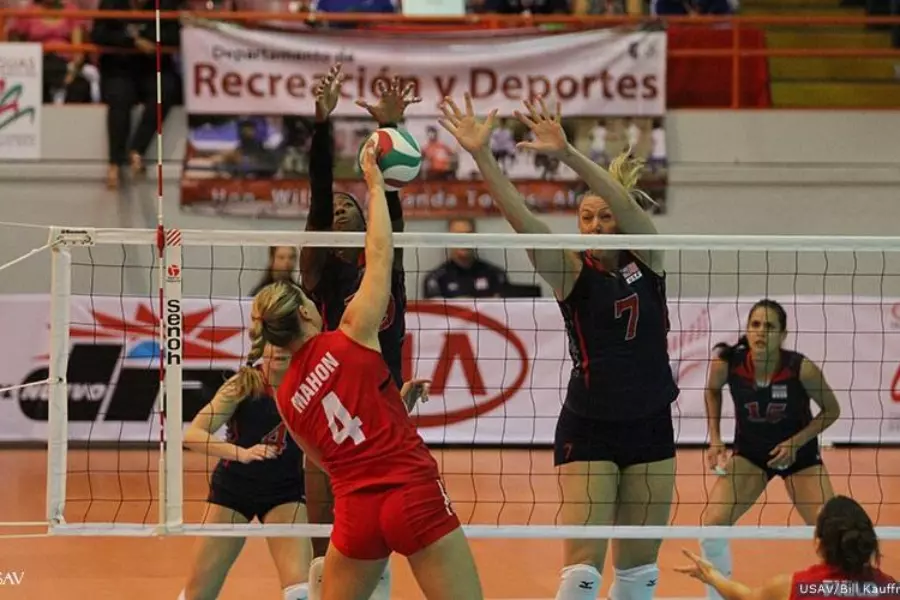
A volleyball team consists of seven positions, including outside hitters, opposites, setters, middle blockers, liberos, defensive specialists, and serving specialists.
Different players play different roles on the court. It is usually the left fielder who is the most productive fielder and the best player on the team. Middles should be dependable and have a strong work ethic.
As a middle blocker, you must move along the net quickly to block. Selecting the right combination of players presents numerous challenges to a coach. In order to excel at these basic positions, players must understand their roles and be aggressive. A team’s roles aren’t always the same when players are assigned them.
The role of each player within the team must be understood for them to succeed.
The idea of expressing your support for your friend or finding a suitable gift for him may come to mind if you have a friend who is very fond of volleyball or you yourself are a volleyball fan.
Personalized pins are a very good choice if you fall into this category. You can create volleyball-related pins with special meanings for your friends by customizing some volleyball-related elements.
It is sure to strengthen your friendship if you show your support in this way. It is not only decorative but also collectible to have personalized pins. Click on CustomPins.ca to try it out
What Are The Positions On A Volleyball Court?
Every position on the court has its own numerical code: front-left (number 4), front-center (number 3), front-right (number 2), back-left (number 5), back-center (number 6).
Impact on Spiking Accuracy
The improvement in spiking accuracy is one of the most noticeable effects of mastering power position. Power position plays a direct role in delivering powerful and precise spikes. By incorporating power position principles into spiking drills and tips, players can enhance their skills.
Defensive Strategies with Power Position
The power position is not just important for offensive plays; it is equally important for defense as well. We discuss effective blocking techniques and quick defense reactions to assist players in outmaneuvering their opponents and contributing to their defense.
Training Techniques for Power Position
Developing proficiency in power positions requires dedicated training. There are a number of drills and exercises in this article that can be used to improve power position awareness and consistency. This section emphasizes the importance of practice and serves as a guide for players looking to improve.
You may enjoy reading Open Spiker in Volleyball Position
Libero Volleyball Positions
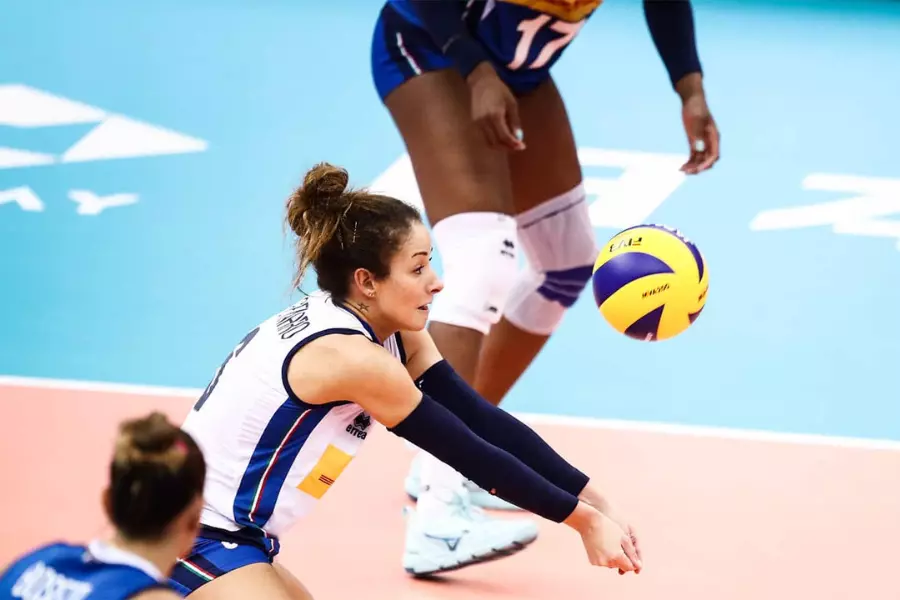
In volleyball, a libero serves in rotation and specializes in defensive play. There are no rules regarding liberos serving, attacking, or setting the ball.
Liberos play an important role in volleyball due to their importance. Keeping the team energized and relaxed is the libero’s responsibility at all times. It is your consistency in serving and receiving that will set you apart from the competition.
Liberos play an important role both on and off the field as leaders. In college volleyball recruiting, liberos are among the most sought-after candidates.
High school liberos are in greater demand in college teams than freshman liberos. The volleyball player has to move from the offensive side to the defensive side to cover her hitters and read a play.
The Libero: An Essential But Often Overlooked Position
Liberos are frequently used as extra defenders or as replacements for injured attacking players because they are unable to attack. You are responsible for moving the ball and controlling the game’s pace as a libero.
It’s easy to overlook the libero’s importance, but he plays a vital role. In addition to requiring a great deal of mental strength, the position also offers many rewards.
You may enjoy reading Utility Position In Volleyball
Rotation In Volleyball
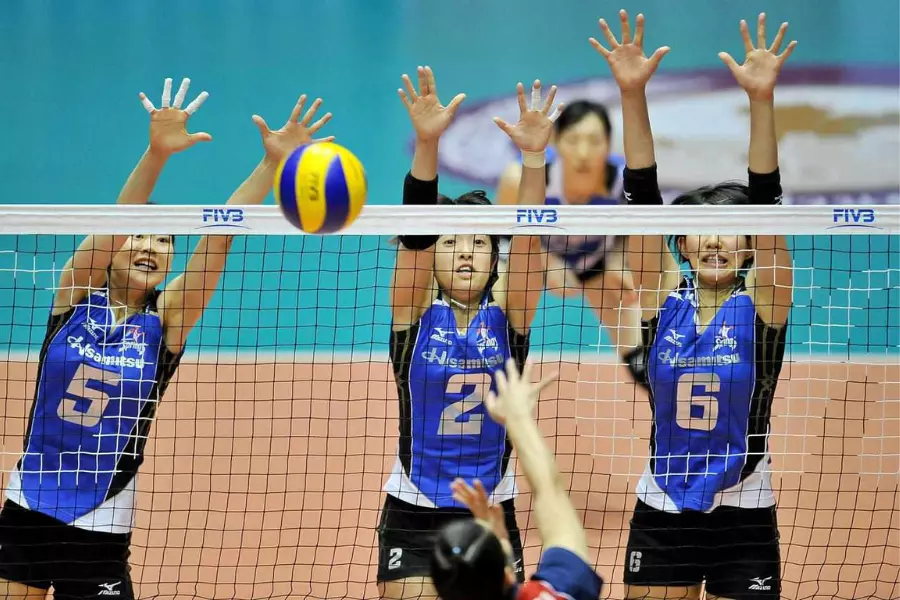
Rotation occurs when the receiving team wins a rally after each sideout to gain the right to serve. The serve will be switched to the receiving team if the serving team loses the point or commits an unforced error.
When indoor volleyball is played, six players are on the court simultaneously. Depending on how each player interacts with their environment, each player has a specific location. Recording volleyball players’ interactions is essential.
Changing positions before the ball is served will cause you to be called for an overlap. Directly behind and ahead of you are players who can take you on the left and right sides, respectively. You can think of it as an L shape as a rule of thumb. Overlapping will result in a point being awarded to the opposing team if a team does not follow these rules.
In volleyball, there are five positions represented by the front and back rows. As long as the players are in the same area at the start of every game, a coach can start each game. With an outside hitter and a middle blocker by his side, the setter is always in the spotlight.
Common Mistakes in Power Position
Making mistakes and correcting them are integral parts of skill development. This article highlights common errors players make when playing power position and provides guidance on how to avoid them.
In addition, getting the positioning right is important because incorrect positioning can lead to injuries.
Volleyball Player Positions
A volleyball team consists of six players: the setter, the middle blocker, the outside hitter, the right-side hitter, the left-side hitter, and the libero. Setters are the players who pass the ball to the hitters. During a game, the middle blocker blocks the other team’s hitter.
Players who hit the ball from outside are known as outside hitters. Those who hit the ball right-handed are called right-side hitters. Right-handed players hit the ball from their left side, while left-handed players hit the ball from their right side. Keeping the ball in bounds is the responsibility of the libero.
It is necessary to fill six different positions on a volleyball court, each of which requires different skills. The setter is a team’s main offensive source. Outsider hitters must be able to jump high, move quickly, and adapt to changes in circumstances in order to succeed.
By learning about the six positions listed below, you will be able to determine which one is the most effective for your team, as well as how to take it to the next level.
The Setter Is The Most Important Position In Volleyball
The most important position in volleyball is that of the setter, which can be either an outside blocker or a middle blocker. As a quarterback is in charge of his team during a football game, a volleyball setter is in charge on the court. Every play is directed by the setter. The setter must get the ball to one of the hitters regardless of how good the first pass is.
As well as being a reliable passer, the setter must be able to receive passes. For the job to be accomplished, they need to be able to hit the ball where it needs to go and pass the ball accurately. It is essential for setters to read plays quickly and make the right decisions while setting.
Setting is a challenging position in volleyball, but it is also one of the most important. The pitcher’s job is to deliver the ball to the fielder in order for the team to achieve success.
You may enjoy reading How Tall Are Opposite Hitters In Volleyball?
Opposite Hitters

An opposite-hitter, also known as a right fielder, is the most versatile player in baseball, because he or she is capable of hitting both sides of the ball. The players will not only hit the ball from the front and back rows, but will also dig for quick attacks and set the ball if the setter is not available.
Opposite Hitters are powerful attackers who operate in a 5-2-1 formation. Position 2, also known as right front, is the main attacking position of the Outside Hitter.
Even though he or she may occasionally be on the defense, they must always be ready to attack. The opposite hitter specializes in attacking in a 2-1 formation. It is in either position 2 (right front) or position 4 (left front) in the rotation that this player is in the attack zone and participating in the block. No player may step on the attack area while standing in the Back Zone (positions 1 to 6 and 5).
The Important Role Of The Opposite Hitte
Droppers are the opposite hitters on the court who play an important role. Blockers are responsible for blocking opposing teams’ outside hitters, and if necessary, their middle hitters as well. They will be faced with an outside hitter who can defend and has experience blocking.
The Role of Power Position in Serving
An important aspect of volleyball is serving accuracy, and power position plays a significant role in it. With the help of power position principles, players are able to master different serving styles, from traditional serves to jump serves.
You may enjoy reading Importance Of Utility Players In Volleyball
Adapting Power Position for Various Player Roles
As we examine different player roles’ approaches to power position, we discover its versatility. This paper presents insights from a setter’s perspective, as well as the libero’s unique application of power position.
Famous Players and Their Power Position Techniques
In examining case studies of renowned volleyball athletes, we gain valuable insight into how power position can be mastered in a variety of ways. Learn from the best in order to improve your power position by gleaning techniques and strategies from them.
Psychological Aspect of Power Position
The psychological dimension of power position goes beyond its physical aspects. A consistent position of power requires mental toughness, confidence, and consistency.
Strategies for Coaches in Teaching Power Position
Coaching plays a crucial role in developing players’ skills. Coaches can utilize the techniques presented in this section to teach power position effectively, ensuring that players comprehend its nuances and are able to integrate them seamlessly into their play.
Incorporating Power Position in Team Dynamics
Power position awareness is crucial for effective team dynamics in any team sport. The goal is to engender unity and cohesion within a team by seamlessly integrating power position into their plays.
Evolving Trends in Power Position Techniques
In line with technological advancements, training methods are also evolving. Players can stay on top of evolving trends in the sport by utilizing technological innovations in power position training.
You may enjoy reading Volleyball Setter Drills
FAQs
How often should I practice power position drills?
A regular practice schedule is essential. To see noticeable results, you should exercise three times per week at the very least.
Can power position prevent injuries in volleyball?
Correct body mechanics ensure that injuries are minimized by using the correct power position.
Are there different power position techniques for setters and liberos?
Yes, definitely. The power position of each player on the court is adapted to their specific duties.
Do professional volleyball players still focus on power position drills?
Dedicated power position training continues to refine players’ skills even at the professional level.
How long does it take to see improvement in spiking accuracy with power position?
Several weeks after practicing consistently, improvements can be noticed.
Conclusion
Volleyball’s power position is fundamental to elevating players’ game to new heights. With power position, you can execute offensive plays like spiking as well as defensive maneuvers. Take advantage of your power position on the volleyball court as you step out onto the court.
You can also read What Is A Side Out In Volleyball?

